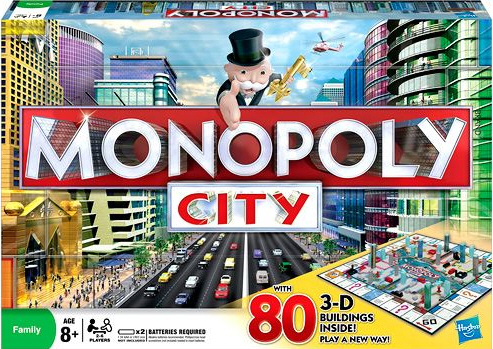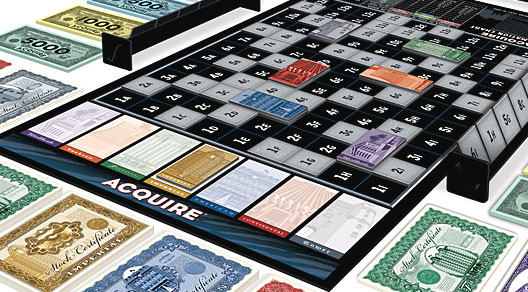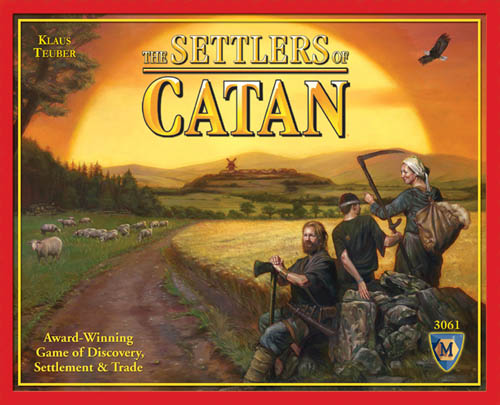 Key Designer: Emiliano Sciarra
Key Designer: Emiliano Sciarra
Distributor: daVinci Editrice
Bang! is a fun, fast-paced card game for small numbers or large crowds. It transports players to the Wild West, where law and order is contested by outlaws, is preserved by the Sheriff and his deputies, and is threatened by the Renegade, who wants to be the new Sheriff in town.
Despite reading Bang!’s instructions, it may be difficult to gain a proper understanding of the game until gameplay begins. If playing for the first time, the first round will be rocky, but players can quickly grow accustomed to the game by referring to the crib sheets included in the card deck. If purchasing the Bang! Bullet, players will receive the original game and its two expansion packs. If you’re playing Bang! for the first time, do yourself a favour and don’t play with the expansion packs right off the bat. Ease into the game first, then ease the expansion packs into your gameplay.
As previously mentioned, Bang! consists of four types of players: The Sheriff, the Sheriff’s deputies, the outlaws, and the renegade. The Sheriff and his deputies aim to kill the outlaws, the outlaws aim to kill the Sheriff, and the Renegade aims to kill everyone.
At the game’s start, each player receives a player type and character card. The character card dictates how much life each player receives and how much ammo (or cards in hand) a user may have. Character cards may also equip players with special, character-specific benefits. Each player begins the game with a Colt .45 – the one gun that each player can never lose. It shoots a limited distance, but can be replaced with better guns as the game progresses.
Turns allow players to draw two cards if allowed in their draw limit and play any number of cards possible for play. Of course, there are some limitations on card play. Players can only play one Bang! card, for example, unless they have special guns or action cards in play. The number of people you can shoot depends on the range your gun has. The better the gun, the more people you can shoot.
All outlaws must die for the Sheriff and his deputies to win. The Sheriff must die for the outlaws to win. And the Renegade must be the last man standing to win.
Bang! is a quick game once you get the hang of it. The Bang! cards are attractive and easily portable. Gameplay ranges from 30 minutes to two hours. As a result of the various character cards and the way cards may interact with each other, gameplay is always varied. There is no sure winner, and the teams of “good” vs. “bad” makes Bang! a fun group game that requires just the right mix of teamwork and cunning.
Bang! is certainly a recommendable game, especially for those who especially enjoy card games. Check it out at your nearby hobby games or comic book store and enjoy!



